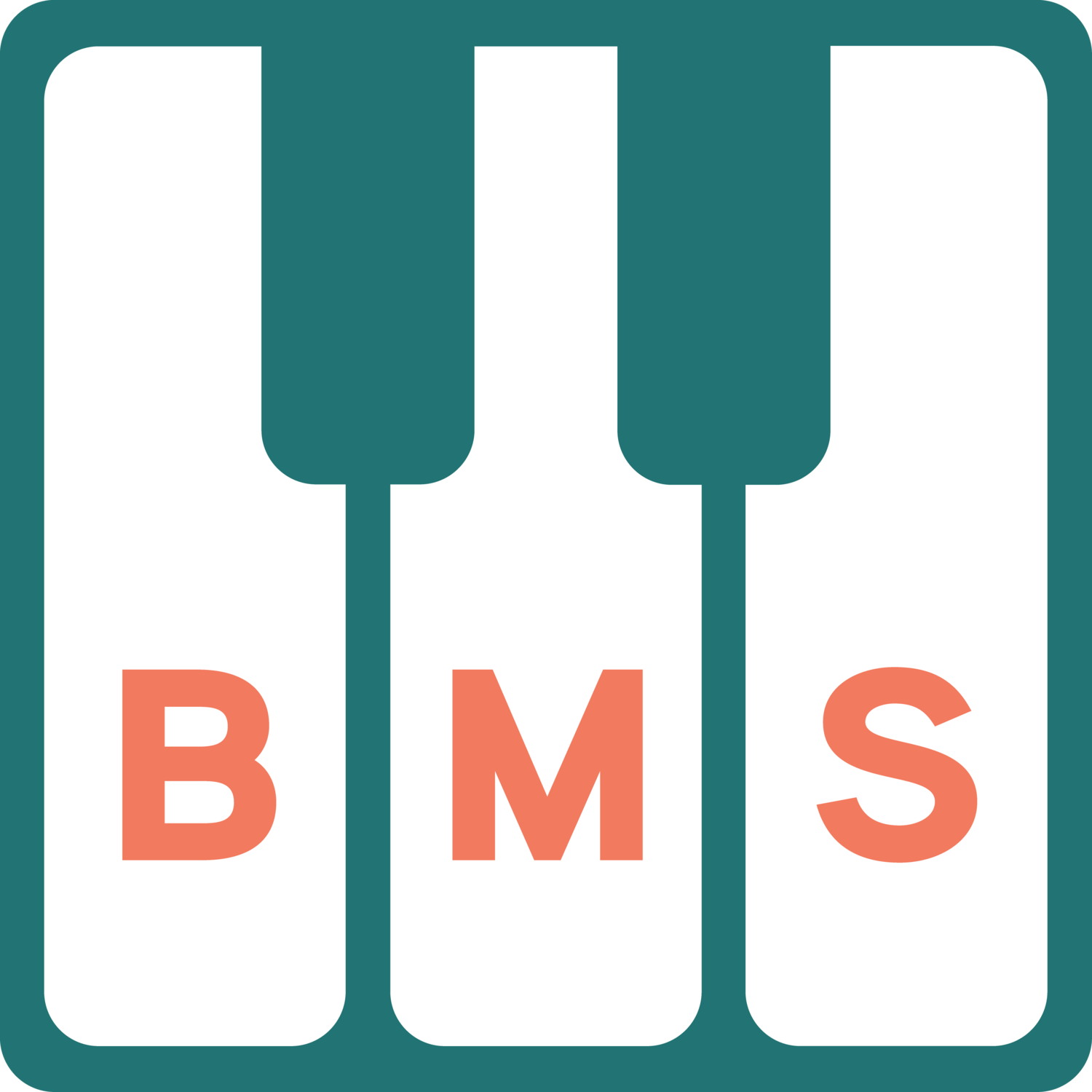Zoom for Music Lessons
I personally use zoom for my online lessons, and I know it is a popular choice for many others. It is very important that you have your settings optimized to get the most of your virtual lessons, as a standard zoom set-up does not work well for music lessons. If you are more of a visual person, Jane at her website here https://www.musicrepo.com/zoom-music-mode/ does a fantastic job laying out all of the steps with images. My post here is going to give all of the same information so you won’t miss anything if you just go directly to her site.
The number one, most important thing to remember if you are using zoom on a computer, is to regularly check for updates under settings in the program. Unlike our mobile devices, our computers will not automatically update the software, and some of these features won’t even exist if you are using an out-dated version of zoom.
Assuming you now have the most up-to-date version of zoom on your computer, the first thing you want to do is go into your audio settings. If you have an external microphone, or if you are using “ear-pod” devices that have a built-in mic, ensure you select that microphone for your sound input. The sound output device should be the speakers you are going to listen from, whether they are your computers built-ins, external speakers, or your headphones.
After selecting your devices, un-check the box “automatically adjust microphone volume,” and slide the microphone volume bar all the way to the right. If you are singing or playing an instrument into a microphone that is constantly trying to adjust how much sound comes through, it will heavily interfere with the sound that actually comes through on the recipient’s end. (That could be me, and I need to be able to hear you!)
You can ignore the “suppress background noise,” as the next setting will override this. There should be a section called “Music and Professional Audio.” This is as of the most up-to-date software on March 24 2021. Under this section, enable “show in-meeting option to ‘Turn On Original Sound.” Then also enable the “high fidelity music mode,” directly underneath that.
The last step is to now go into your zoom meeting, you should see a button in the top left corner of the program screen. Here you can enable the original sound from your microphone, which will also put the high fidelity music mode into effect. If you are using an external mic, you can select to always use original sound with that microphone. Now your computer audio should be better optimized for virtual music lessons on your computer!
If you are using a phone or tablet to connect, the settings are a little different. In the device app, tap “settings,” then tap “meeting.” Scroll down until you see “use original sound,” and make sure this is enabled. Similarly, once in the meeting, tap the three dots that say “more,” then tap “enable original sound.” The mobile device version of this app does not have as many features (like high fidelity music mode), as the computer version, but the original sound will help dramatically so that all of your music making comes through clearly.
Now the “ideal” set-up for the most clarity can become expensive quickly, but most students and teachers don’t need the perfect set-up with cutting edge technology. The simplest things that will help you a lot, are enabling these settings and connecting your computer to the internet with a direct Ethernet connection. A WiFi connection still works great, but a direct connection to your device will always be more stable and consistent.
If you want to make some very low cost improvements to your set-up, consider a relatively inexpensive USB microphone for your computer. They can connect directly to your computer via USB, so they do not require an audio interface, and they will greatly improve the sound quality of your playing for the person on the other end. If you are having difficulty hearing the other person, try using headphones or a small set of external speakers. Some computers and most laptops come with built-in microphones and speakers. These will only carry you so far, a simple USB mic, and a small pair of external speakers or headphones will create a much better virtual music experience.
Looking for another way to improve your virtual audio experience? See my post on sharing computer audio with your digital piano here: https://www.billialdmusicstudio.com/blog/sharing-your-digital-piano-sound-through-zoom

DISCLAIMER
I am not a medical doctor. These posts are all anecdotal, based on experiences through my own learning, understanding and teaching. My musical knowledge is based primarily in the Western classical tradition, which by no means defines the only perspective to learn and understand music.

